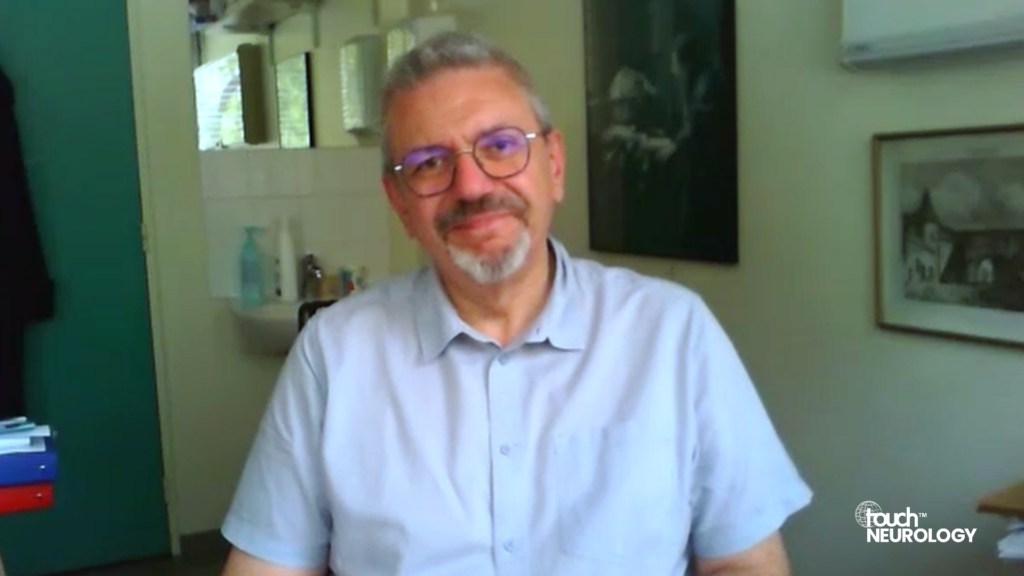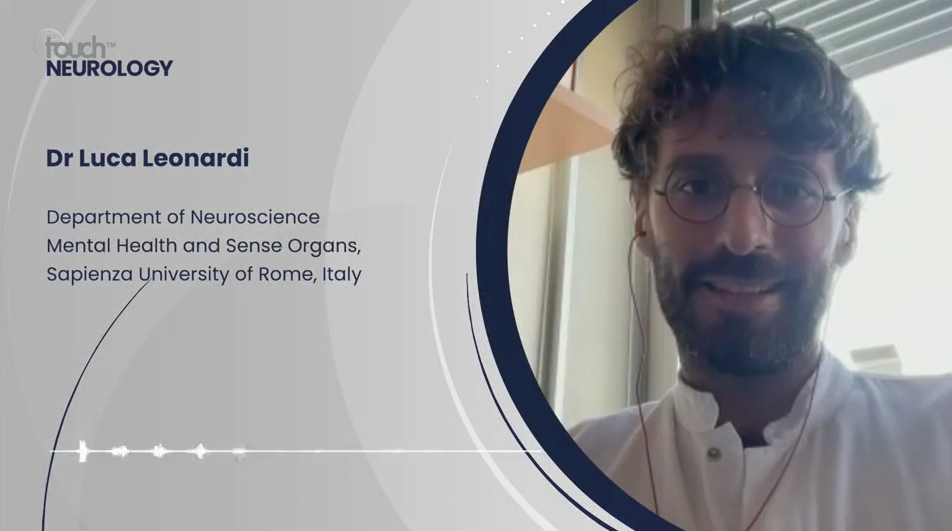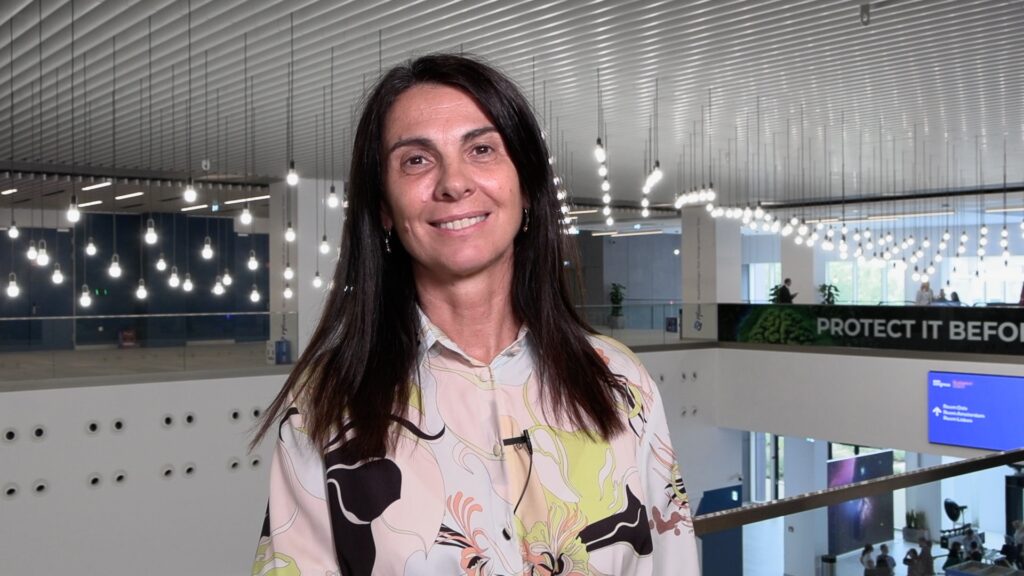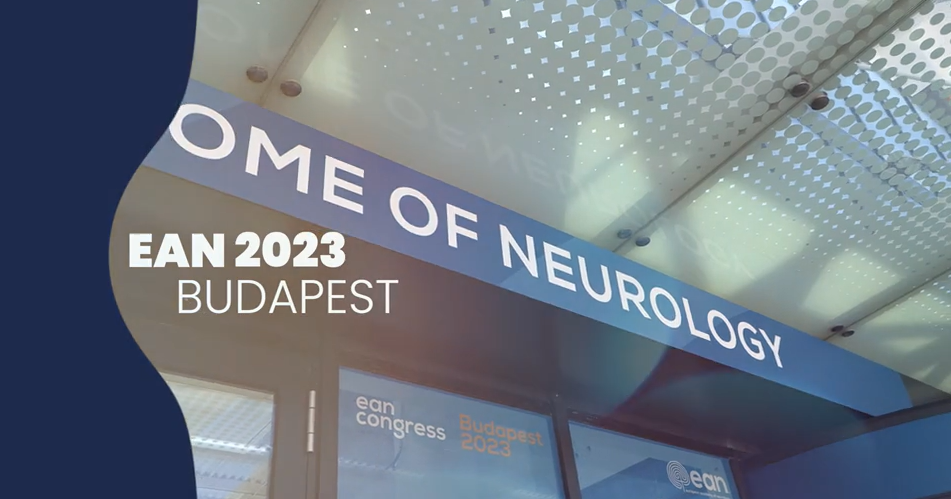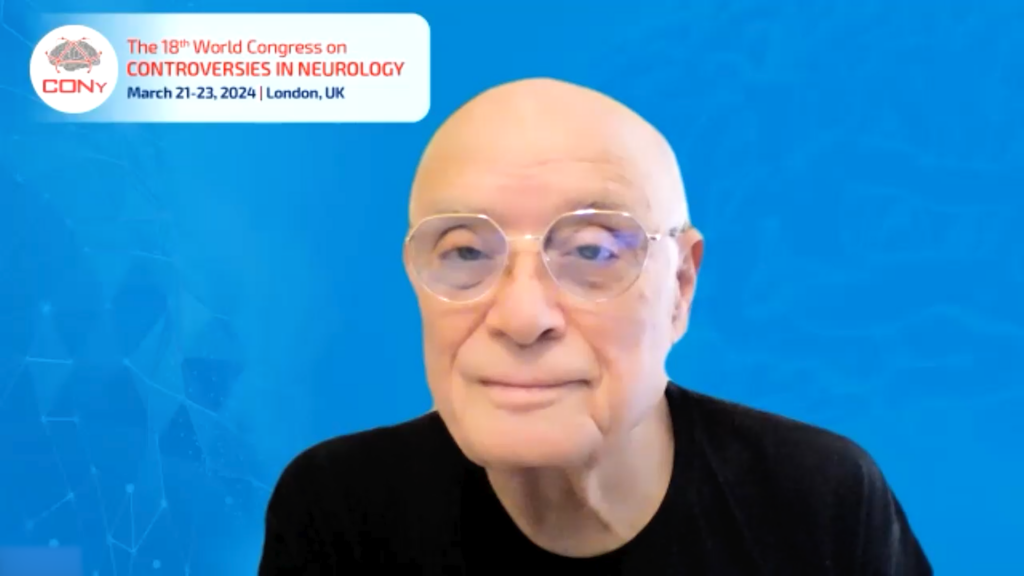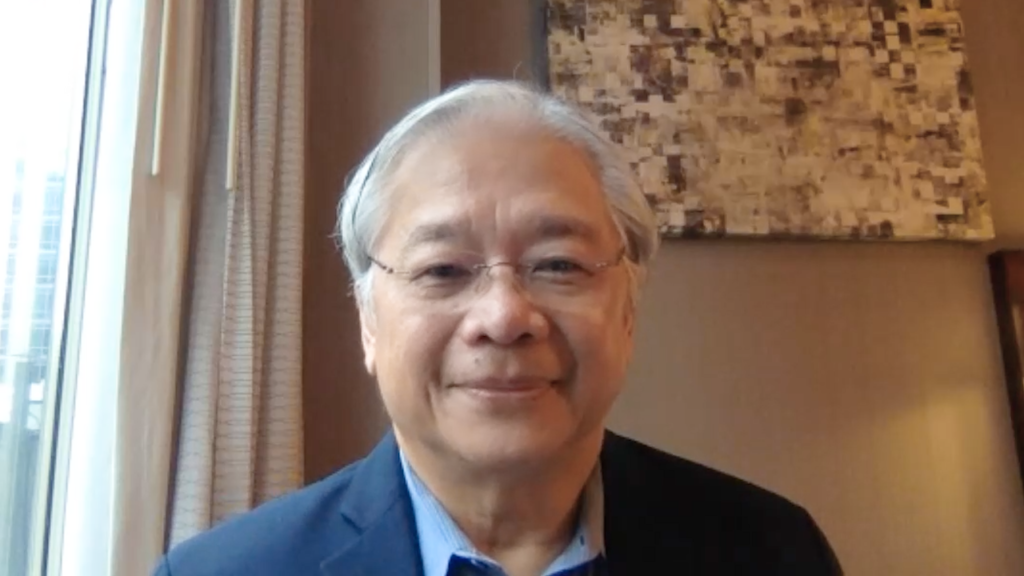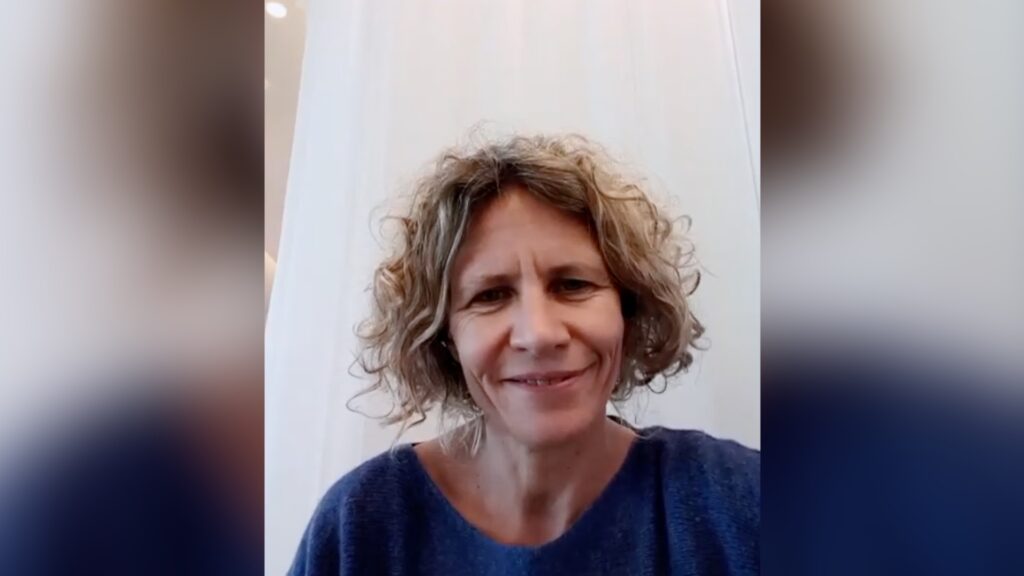Spinal muscular atrophy (SMA) is a rare inherited childhood disease characterised by progressive muscle wasting. Affected children are unable to sit without support, or walk, and often require respiratory and nutritional support to live beyond 2 years of age.1 The disease occurs in approximately 1 in 10,000 live births and usually manifests in the first months of life, although age of onset varies greatly, and commencement of symptoms can occur beyond infancy. There are 4 subtypes: SMA1 (infantile, severe), SMA2 (infantile but intermediate severity), SMA3 (juvenile onset, after 1 year of age) and SMA4 (adult onset).1,2 SMA is caused by loss or dysfunction of the gene encoding the survival motor neuron (SMN) protein.3 For many years, there has been no effective treatment for SMA. However, recent research has focussed on therapeutic strategies to increase levels of the SMN protein in motor neurons, leading to the emergence of three new therapies. At the American Academy of Neurology (AAN) 2019 Annual Meeting, which was held from 4–10 May in Philadelphia, Pennsylvania, USA, the three leading developers of SMA therapy all presented new data.
Presently, the only available drug for SMA is nusinersen (Spinraza®), an SMN2 antisense oligonucleotide that was developed to inhibit exon 7 splicing in SMN2. It is administered directly to the central nervous system (CNS) using intrathecal injection and was approved by the US Food and Drug Administration (FDA) in December 2016.
During the AAN 2019 meeting, Biogen presented interim results from SHINE (NCT02594124) an open-label extension study of infants (n=89) enrolled in the ENDEAR (NCT02193074) study (n=122),4 who were followed for up to 4 years. Treatment with nusinersen resulted in motor function improvements on the Children’s Hospital of Philadelphia Infant Test of Neuromuscular Disorders (CHOP INTEND); patients who received nearly 3 years of treatment with nusinersen (n=65) had an increase in CHOP INTEND score of 16.8 points. By comparison, 24 patients from the control group in ENDEAR who subsequently received nusinersen in SHINE demonstrated an increase in CHOP INTEND score of 8.2 points after 1.5 years of treatment. Patients who received nusinersen in ENDEAR and SHINE demonstrated a longer period of survival without the need for permanent ventilation (median 75.0 weeks) compared with those who initiated treatment in SHINE (median 22.6 weeks).5
Data from the SHINE extension of the CHERISH study (NCT02292537),6 which evaluated patients (n=125) with later-onset SMA (most likely to develop SMA Type 2 or 3), showed that earlier treatment resulted in greater improvements in motor function scores. No new safety signals were reported.5 Data from the NURTURE (NCT02386553) study of infants with genetically diagnosed, pre-symptomatic SMA (n=25) showed that treatment with nusinersen resulted in motor milestone achievements that were typical of normal development. At a median age of 26 months, all infants were able to sit without support, 88% could walk with assistance and 77% could walk without assistance. All infants were alive and none required permanent ventilation. No new safety concerns were identified.5
However, Biogen will soon have competitors in the SMA market. AveXis, a Novartis company, presented data on its gene therapy onasemnogene abeparvovec (Zolgensma®), which is administered as a singly intravenous delivery that provides a copy of SMN in a modified virus (adeno-associated virus type 9).7,8 The phase 1 START study (NCT02122952) evaluated the safety and efficacy of intravenous delivery of onasemnogene abeparvovec in SMA Type 1 patients with symptom onset before 6 months of age. At 24 months, all 12 patients who received the proposed therapeutic dose were alive and free of permanent ventilation compared with 8% of patients who would be expected achieve this without treatment. The most commonly reported adverse event was elevated liver enzymes. Almost all (91.7%) of the treated patients were able to hold their head erect for at least 3 seconds and sit without support for at least 5 seconds. In addition, 83.3% were able to sit without support for at least 10 seconds, 75.0% were able to sit without support for at least 30 seconds, and 16.7% were able to stand alone, walk with assistance and walk alone.8,9
Of the original cohort of 12 patients, 10 patients entered an observational follow-up study. At a mean 3.7 years from treatment, all patients were alive and event-free (an event was defined as death or at least 16 hours per day of required ventilation support for breathing for 14 consecutive days in the absence of acute reversible illness or perioperative change). All patients maintained the milestones achieved during the START trial and no patients required additional ventilatory or nutritional support. In addition, two of the four patients who required Bilevel Positive Airway Pressure (BiPAP) support at the beginning of the long-term follow-up study no longer required it regularly.8 Onasemnogene abeparvovec received approval from the FDA on 24 May 2019.
Roche also presented data from the FIREFISH (NCT02913482) and SUNFISH (NCT02908685) studies on risdiplam, an orally administered SMN2 gene splicing modifier. FIREFISH is an ongoing, multicentre, open-label, study of risdiplam in 21 babies aged 1–7 months at enrolment with Type 1 SMA and two SMN2 gene copies. Results of the initial, dose-finding part of the study found that, at 8 months, 93% (13/14) babies had a CHOP-INTEND score improvement of at least four points.10 The median duration of treatment was 14.8 months. Three infants died due to disease complications after approximately 1, 8, and 13 months of treatment; none were considered to be related to risdiplam. No infant lost the ability to swallow, required tracheostomy or permanent ventilation during the study duration. The event-free survival was 85.7% overall. The most common adverse events included fever (pyrexia; 52.4%), upper respiratory tract infections (42.9%), diarrhoea (28.6%), vomiting (23.8%), cough (23.8%) pneumonia (19.0%) and constipation (19.0%).11
A potential barrier to the use of these therapies is cost; at present, neither nusinersen nor onasemnogene abeparvovec are considered cost-effective.12 Another cause of uncertainty is that the long-term benefits of onasemnogene abeparvovec are not yet known, and that the therapy has been tested on only a small number of patients. The potential for combination or sequential treatment with these agents warrants further investigation. As therapies are most effective when delivered to a patient before symptoms present, it will be essential for newborns who screen positive for SMA to be immediately referred to a specialist for treatment.
In summary, the therapies discussed have altered the natural history of SMA. They offer an improved quality of life and increased lifespan for patients with SMA. The data presented at AAN were very encouraging, and the recent approval of onasemnogene abeparvovec, alongside the continued clinical development of risdiplam, make the SMA pharmaceutical market one of great interest and immense promise for the future.
References
1. D’Amico A, Mercuri E, Tiziano FD, et al. Spinal muscular atrophy. Orphanet J Rare Dis. 2011;6:71.
2. Sugarman EA, Nagan N, Zhu H, et al. Pan-ethnic carrier screening and prenatal diagnosis for spinal muscular atrophy: clinical laboratory analysis of >72,400 specimens. Eur J Hum Genet. 2012;20:27–32.
3. Mailman MD, Heinz JW, Papp AC, et al., Molecular analysis of spinal muscular atrophy and modification of the phenotype by SMN2. Genet Med. 2002;4:20–6.
4. Finkel RS, Mercuri E, Darras BT, et al., Nusinersen versus sham control in infantile-onset spinal muscular atrophy. N Engl J Med. 2017;377:1723–32.
5. Biogen Inc. Biogen presents data at 2019 AAN Annual Meeting affirmind longer-term safety and durability of treatment with Spinraza (nusinersen). Available at: http://investors.biogen.com/news-releases/news-release-details/biogen-presents-data-2019-aan-annual-meeting-affirming-longer [Accessed 31 May 2019].
6. Mercuri E, Darras BT, Chiriboga CA, et al. Nusinersen versus sham control in later-onset spinal muscular atrophy. N Engl J Med. 2018;378:625–35.
7. Mendell JR, Al-Zaidy S, Shell R, et al. Single-dose gene-replacement therapy for spinal muscular atrophy. N Engl J Med. 2017;377:1713–22.
8. Novartis International AG. New AveXis data at AAN showed long-term durability of Zolgensma® in patients with spinal muscular atrophy (SMA) Type 1. Available at: www.novartis.com/news/media-releases/new-avexis-data-aan-showed-long-term-durability-zolgensma-patients-spinal-muscular-atrophy-sma-type-1 [Accessed 31 May 2019].
9. Al-Zaidy S, Pickard AS, Kotha K, et al. Health outcomes in spinal muscular atrophy type 1 following AVXS-101 gene replacement therapy. Pediatr Pulmonol. 2019;54:179–85.
10. Baranello G, Dervais L, Day JW, et al. FIREFISH Part 1: 1-year results on motor function in babies with Type 1 SMA. Neurology. 2019;92(15 Suppl):S25.003.
11. Servais L, Baranello G, Day JW, et al. Survival, ventilation and swallowing ability in babies with type 1 SMA receiving risdiplam (RG7916). Neurology. 2019;92(15 Suppl):S25.008.
12. Butcher L. Two new treatments for spinal muscular atrophy may be clinically effective, but are they cost-effective? An independent watchdog agency does the math, 2019. Available at: https://journals.lww.com/neurotodayonline/pages/articleviewer.aspx?year=2019&issue=04180&article=00008&type=FullText [Accessed 31 May 2019].


